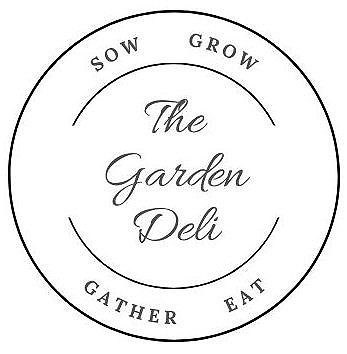Just one teaspoonful of soil…
… can contain as many as one billion individual microbes, representing up to 10,000 different species.
To celebrate World Soil Day here are five other things you might not know about your garden soil…
A healthy soil is full of life
Bacteria, fungi, protozoa and nematodes all call soil home, along with the larger creatures we associate with soils - earthworms and beetles, ants and moles. Whether we consider them to be garden friends or pests they all have an important role to play in the soil ecosystem, helping create good soil structure and provide essential nutrients to the plants we want to grow.
Healthy soil can help in the fight against climate change
Plants use carbon dioxide from the atmosphere to make sugars through the process of photosynthesis. These sugars feed the growing plant, locking away carbon in leaves, stems and roots. Some of the sugars move through the roots and into the surrounding soil where they feed fungi and bacteria. This whole process draws carbon from the atmosphere, locking some of it away underground. A well looked after soil, rich in microbial life, can act as a carbon sponge – this is now becoming more widely recognised as an inexpensive and effective way to mitigate some of the effects of climate change.
Good soil structure comes through not digging
Despite what you might read in the books and magazines, digging is definitely not an essential part of creating a beautiful and productive garden. The earthworms and microorganisms living in your garden soil are all that’s needed to create the perfect soil structure. Feed them by adding compost and mulching the soil and they will do the rest. They help aerate the soil, create spaces to hold water, and make essential nutrients available to the plants. In order to protect this perfect growing environment, gardeners need to disturb it as little as possible… no more double digging required.
Keep it under cover
Soil shouldn’t be left bare. Grow perennials which will put down roots and protect the soil from heavy rain and drying winds, grow green manures that can be cut and left as a mulch to add more organic matter, grow annuals or cover the ground with mulches, but keep the soils surface covered as much as possible. This prevents nutrients being washed away, gives the microbes that live in it something to feed on, and protects the soil, helping guard against erosion which can happen when the top layer of soil dries out.
Anything you spray on your garden plants will end up in the soil
No matter what it says on the packet, pesticides – whether they’re designed to kill weeds, insect pests or fungal diseases – will find their way into your garden soil. And the chemicals used in these pesticides can persist longer and have far wider effects than the weed or pest problem you’re trying to fix. Pesticides don’t discriminate between a weed and a favourite garden plant, or an aphid and a ladybird larva. There’s a sure-fire way to beat the weeds and pests that would have other gardeners reaching for a bottle of pesticides… grow strong, healthy plants by giving them the best soil conditions you can and take a slightly more relaxed approach to your gardening. There may be aphids on your roses, but before long there will be ladybirds and hoverfly larvae there too. There may be clover in the lawn, but the flowers feed bees that will also pollinate your strawberries and apples.
Healthy soils, teeming with life are the key to a thriving garden. Not only does it mean you can grow strong, productive and resilient plants, good soils can also help in the fight against climate change. Whether you are using your outdoor space for growing food or flowers, creating your own oasis of calm or a space to entertain, have rolling acres or barely room for a raised bed and a deckchair, start with the soil and you’ll find your work as a gardener is that much easier.

